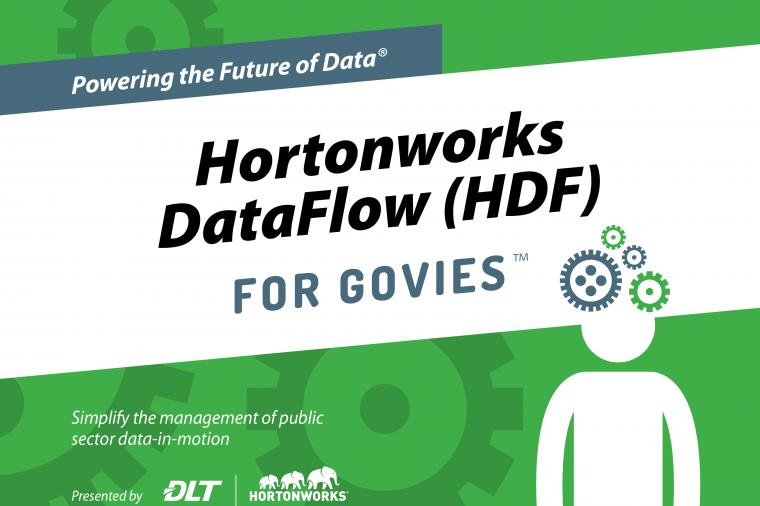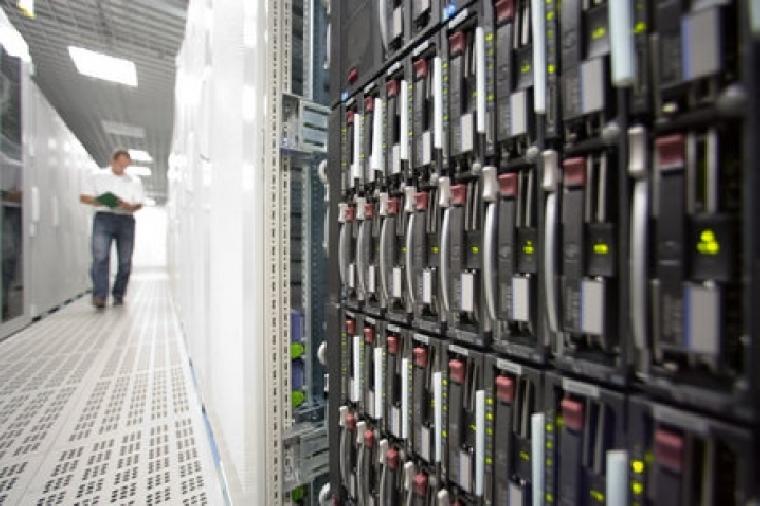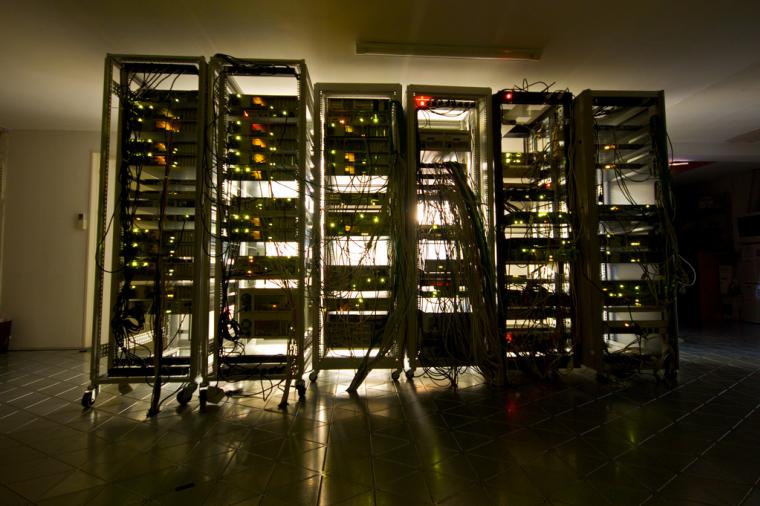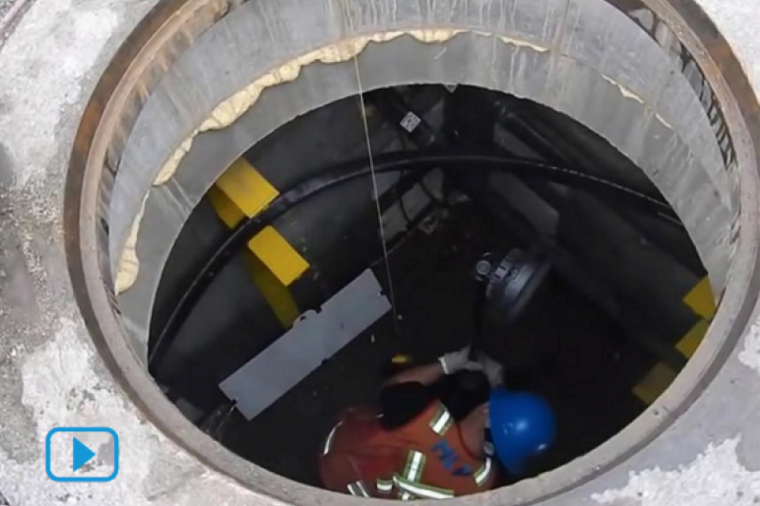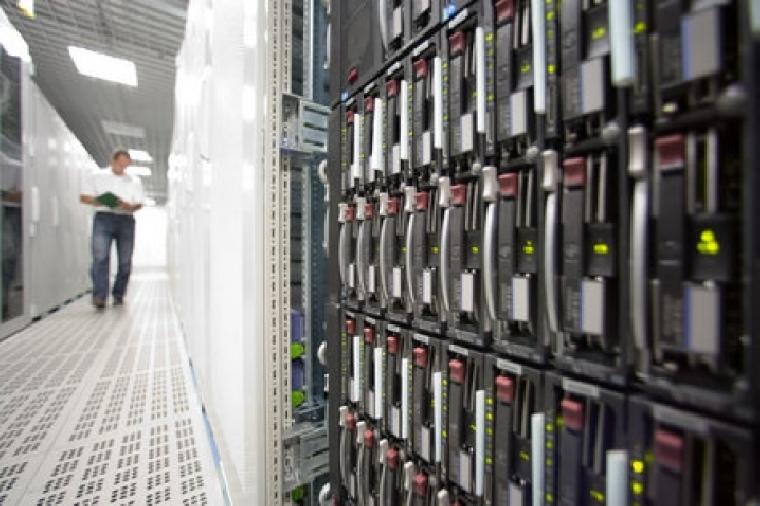There's A Storm Rising – Data Center Consolidation
The Federal Government has recently embarked on an initiative to consolidate its 1,100 data centers - the advertised primary objective being cost reduction, primarily through energy savings.
While a simplistic approach to consolidation (virtualize everything and use lots of Clouds) may be tempting, changes taking place in the IT industry argue for careful consideration of the technology suites now coming to market.
The storm that I see rising is the war between Oracle-Sun, HP, Cisco, Dell and IBM over the data center of the future: Infrastructure 2.0. There are fundamental differences among these major players' visions, and those managers implementing data center consolidation projects need to clearly understand these differences and choose sides for the battles to come.
The Field of Battle or How we got to where we are today
Current data centers are a hodge-podge of transient fixes to problems arising as a result of the evolutionary mainframe/client-server/Internet-access decisions over the past thirty years.
PCs of the 1980s gave users the freedom to use innovative applications on their own machines rather than through dumb terminals connected to a mainframe. In the 1990s small and medium-sized enterprises recognized the value proposition of PCs over mainframes but needed to have everyone working off the same database, leading to client-server architectures and Local Area Networks to link everyone together.
Servers became more robust to handle larger numbers of end-users and, with the adoption of the Internet for customer interaction in the late 1990s, became more specialized to support both local and Internet-based access. Networks grew more complex as local traffic and Internet traffic was intermixed. Storage requirements grew with the drift from paper to digital documents distributed by email.
In the last ten years distributed compute resources, databases, and the data storage needed to support complex applications for growing enterprises resulted in ever more complex architectures and large, energy-intensive 'farms' of hardware.
The Order of Battle or The data center players and their allies
Mainframe skills are limited or non-existent in most IT organizations, so a transition to simpler mainframe architectures to address many of the problems resulting from the evolution discussed above is not practical. A fundamental rethinking of the data center is required in order to transition to a more efficient and lower cost model that can be maintained and operated by the workforce that is available.
Oracle - With its recent acquisition of Sun Microsystems, Oracle is evolving from the most successful enterprise software company in the market to a company with a dual focus on both software and hardware. The Sun Oracle Database Machine product with its Oracle Exadata Storage Server represents a revolutionary approach to improving enterprise applications by tightly integrating and packaging Oracle software with Sun hardware.
HP - The acquisition of 3COM strengthens HP's network hardware product line and its acquisition of EDS two years ago gives HP a global consulting and technical services capability to deliver HP solutions. HP and Microsoft recently funded an alliance to bring jointly developed Hardware-Software Appliances to market, similar in concept to the Sun Oracle Database Machine.
Dell - Dell can deliver Storage Area Network solutions with its acquisition of EqualLogic and a capability to provide consulting and technical services is now available with its acquisition of Perot Systems a few months ago. Dell and Microsoft launched an alliance in March to bring Cloud services to market on the Microsoft Azure platform.
Cisco – Cisco acquired WebEx and Tandberg, heavy users of network traffic, and still has $35 Billion in its war chest for additional acquisitions. Cisco, EMC (storage), and VMWare (virtualization) developed a strategic alliance last year to market the Cisco Unified Computing System – Cisco’s vision of the future data center.
Microsoft - Besides its data center alliances with HP and Dell, Microsoft is going head-to-head with Google to deliver productivity applications through cloud-based services.
Strategies to Capture the Data Center
Oracle, Cisco, HP, and Dell have all developed unique strategies to take server market share from IBM - #1 in the worldwide server market.
Infrastructure 2.0, sometimes referred to as a 'dynamic data center', 'Converged Infrastructure', or 'Unified Computing' is analogous to virtualization of servers, desktops and storage above the processor. The difference is that Infrastructure 2.0 operates below this layer and virtualizes processors, as well as network and storage connections.
HP is currently marketing what it describes as a Converged Infrastructure of servers, storage and networking.
Cisco is seeking to sell its network-centric vision of the data center as the convergence of networking, computing, storage, and software (both physical and virtual) through its offering - the Cisco Unified Computing System.
Dell, with market strength primarily in the commodity server market, has attacked the Cisco and HP approach outright : "Today's announcement by Cisco demonstrates the bifurcation in the market with some vendors pushing a closed and propriety approach to the data center and Dell's differentiated approach of delivering choice and solutions that are open, capable and affordable."
Data center consolidation projects that buy in to either the Cisco or HP architecture visions may well be induced to vendor lock-in to realize the benefits of consolidation.
Oracle, on the other hand, offers next generation performance and energy savings for enterprise database applications delivered at the loading dock - no configuration required, and easily integrated into an open data center architecture.
Let the battles begin.













